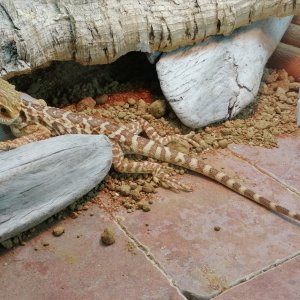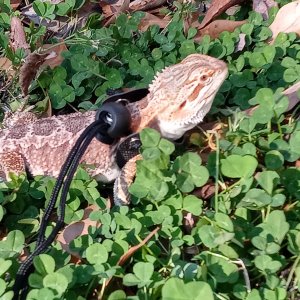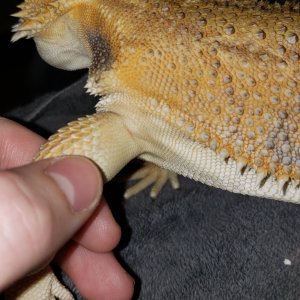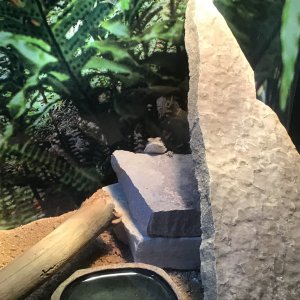-
Hello guest! Are you a Bearded Dragon enthusiast? If so we invite you to join our community and see what it has to offer. Our site is specifically designed for you and it's a great place for Beardie enthusiasts to meet online. Once you join you'll be able to post messages, upload pictures of your dragons and enclosures and have a great time with other Bearded Dragon enthusiasts. Sign up today!
You are using an out of date browser. It may not display this or other websites correctly.
You should upgrade or use an alternative browser.
You should upgrade or use an alternative browser.
Hi this i jerry I've had him for a couple months now. He has a yellowish patch under his armpit and I'm worried that it might be yellow fungus.
Media information
- Category
- Miscellaneous Media
- Added by
- Jerry
- Date added
- View count
- 12,340
- Comment count
- 8
- Rating
- 0.00 star(s) 0 ratings
Image metadata
- Device
- samsung SM-G960W
- Aperture
- ƒ/1.5
- Focal length
- 4.3 mm
- Exposure time
- 1/1008 second(s)
- ISO
- 50
- Filename
- 20210307_183601.jpg
- File size
- 3.3 MB
- Date taken
- Sun, 07 March 2021 6:36 PM
- Dimensions
- 4032px x 2268px







